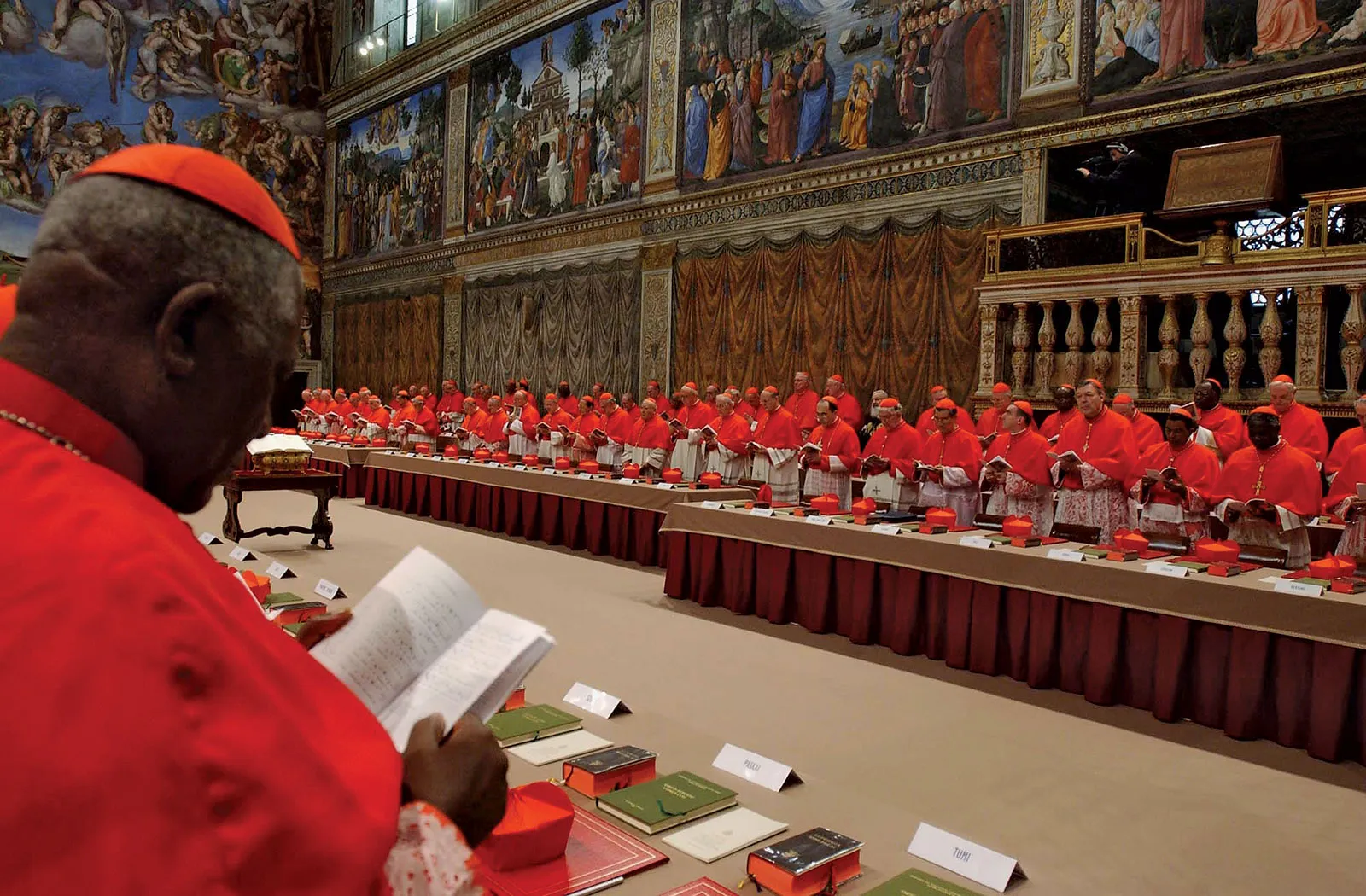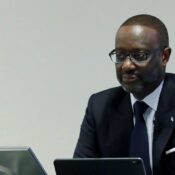
How the Roman Catholic Church Selects a New Pope
The Vatican’s announcement of Pope Francis’ passing prepares the ground for the selection of the Roman Catholic Church’s next head.
On Easter Monday, Pope Francis passed away at the age of 88.
In March 2013, Pope Benedict XVI resigned, and Cardinal Jorge Mario Bergoglio was chosen to take over as head of the church.
Following his passing, the College of Cardinals assumes leadership of the Catholic Church.
The pope personally selects cardinals, who are bishops and Vatican officials from all around the world and are distinguished by their characteristic red attire.
The Cardinals convene a series of gatherings known as general congregations at the Vatican after a pope vacancy.
They get ready for the conclave, which is the next papal election.
Appointing a bishop and calling the Synod of Bishops are examples of decisions that must wait until after the election and are solely within the pope’s authority.
On earlier occasions, they organized the deceased pope’s funeral and burial.
In the past, the cardinals convened in St. Peter’s Basilica for a Mass calling on the Holy Spirit to guide the selection of a new pope 15 to 20 days following a papal vacancy.
Cardinals can only vote in a conclave if they are younger than 80. The cardinal electors are the name given to them.
The cardinal electors head to the Sistine Chapel for the actual conclave, where they close the doors after taking an oath of complete secrecy.
After praying and placing the twice-folded ballot in a huge chalice, the Cardinals cast their secret ballots, processing each one one at a time until they reach Michelangelo’s mural of the Last Judgment.
Every day, four ballot rounds are conducted until a candidate obtains two-thirds of the vote.
Three cardinals who are appointed as recorders tally each ballot’s results out loud and note them down.
The ballots are burned in a stove close to the chapel using a mixture of chemicals to create black smoke if no one gets the required two-thirds of the vote.
The dean of the College of Cardinals asks a cardinal if he accepts his election when he receives the required two-thirds of the vote.
If he agrees, he is given a papal name and is clad in papal regalia before making his way to St. Peter’s Basilica’s balcony.
To announce to the world that a new pope has been elected, the final round’s ballots are burned with chemicals, creating white smoke.
Before the new pope steps out and bestows his blessing on Rome and the world, the senior cardinal deacon, who is currently French Cardinal Dominique Mamberti, Prefect of the Supreme Tribunal of the Apostolic Signatura, declares from the balcony of St. Peter’s “Habemus Papam” (“We have a pope”).
All Categories
Recent Posts
Tags
+13162306000
zoneyetu@yahoo.com



